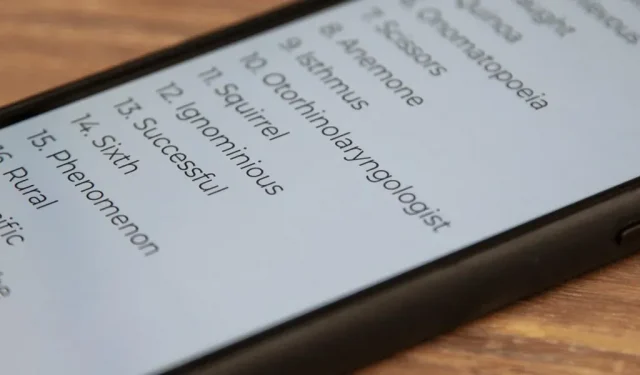There’s a whole world of hidden iPhone features you might be missing out on, but this obscure iOS tool is one you should definitely include so it’s ready when you need it.
Some iPhone apps have audio tools to help you learn how to pronounce the specific word you’re looking for. For example, one app has a small speaker icon next to the change in pronunciation of each word. Touch this to hear how the word sounds. But you don’t need a third party app because iOS has a built in pronunciation tool and you don’t even have to leave the current page you’re on.
When you’re reading and come across a word you don’t know how to pronounce, press and hold or double-tap it to select it, depending on which app you’re using. For example, in Notes you can do both, while in Safari you can sometimes only long press. After highlighting the word, a context menu should appear. If not, click on the highlighted word once to make it appear.
The option we’re looking for is Speak. If you don’t see it right away, press the right arrow to see more options. If you don’t see it after that, make sure Speech of Choice is enabled in Settings -> Accessibility -> Spoken Content, then try again.
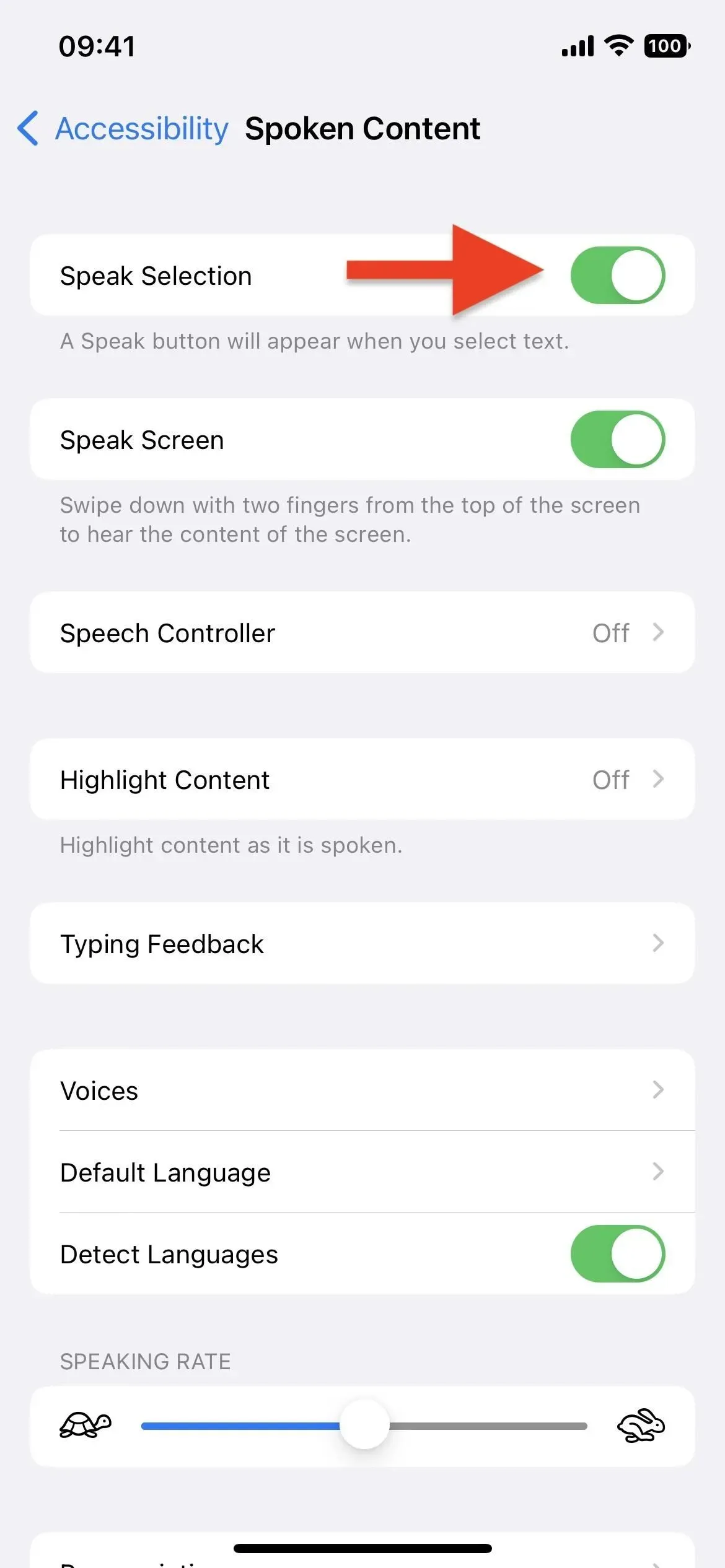
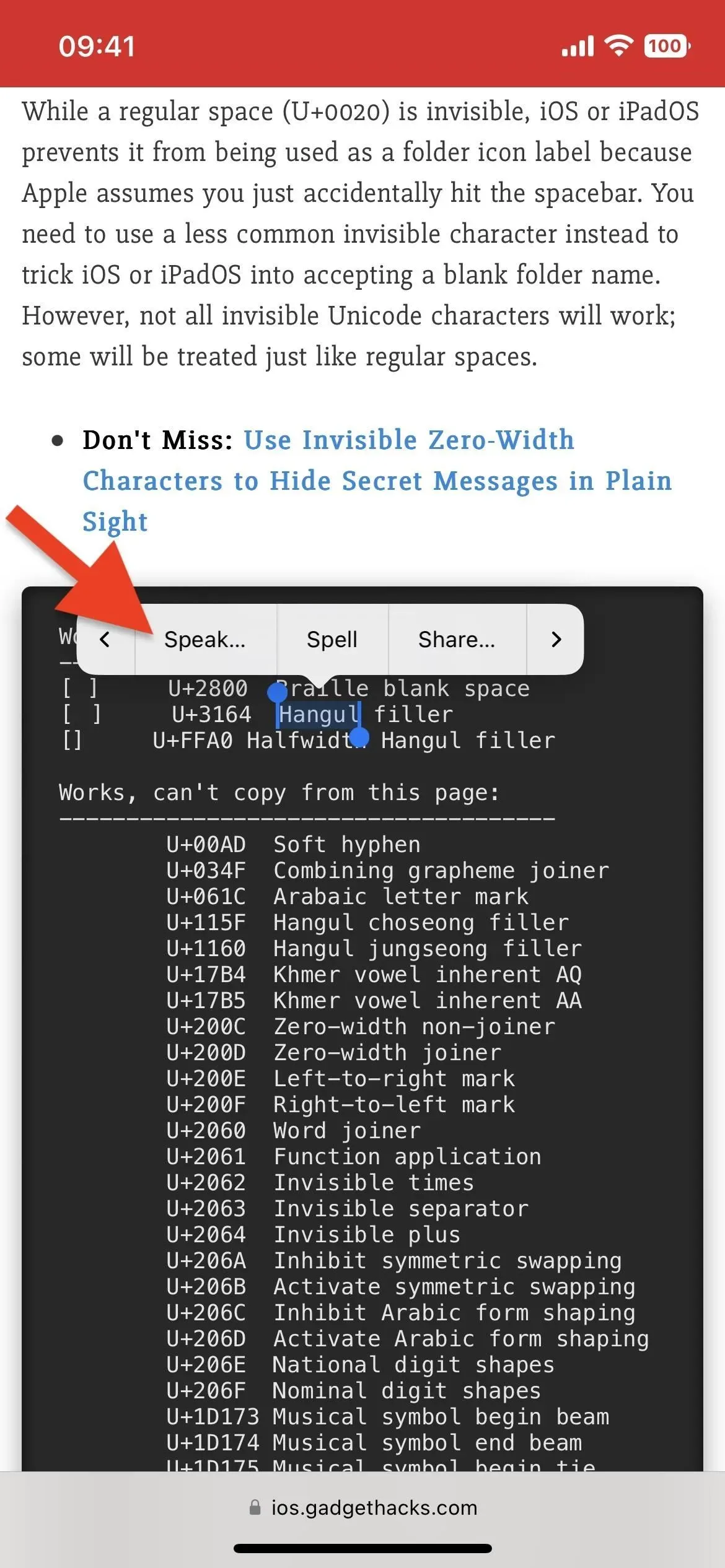
The benefit of Apple’s built-in Speak tool over third-party app pronunciation options is that you can select multiple words at once, so if you’re having trouble with a phrase, select it all and then tap Speak.» What’s more, it also works with emojis, so if you ever wanted to know what that poop emoji is actually called, highlight it and hit Speak.
And you’re not limited to just the default language – it’s also a great way to find out what characters mean in Japanese or what Arabic spelling sounds like. Plus, you don’t even have to use it for pronunciation – you can highlight the entire article and hit Speak to have your iPhone read it to you.
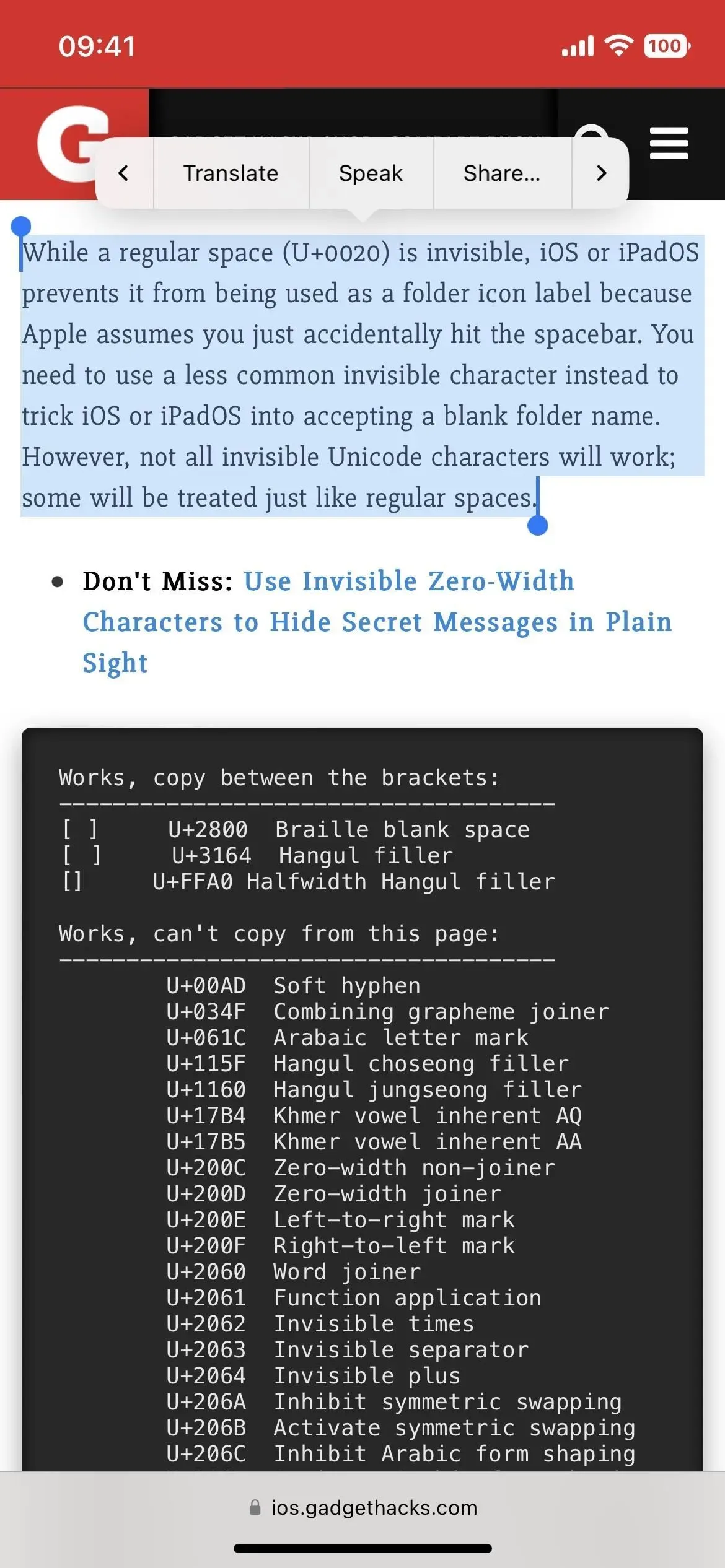
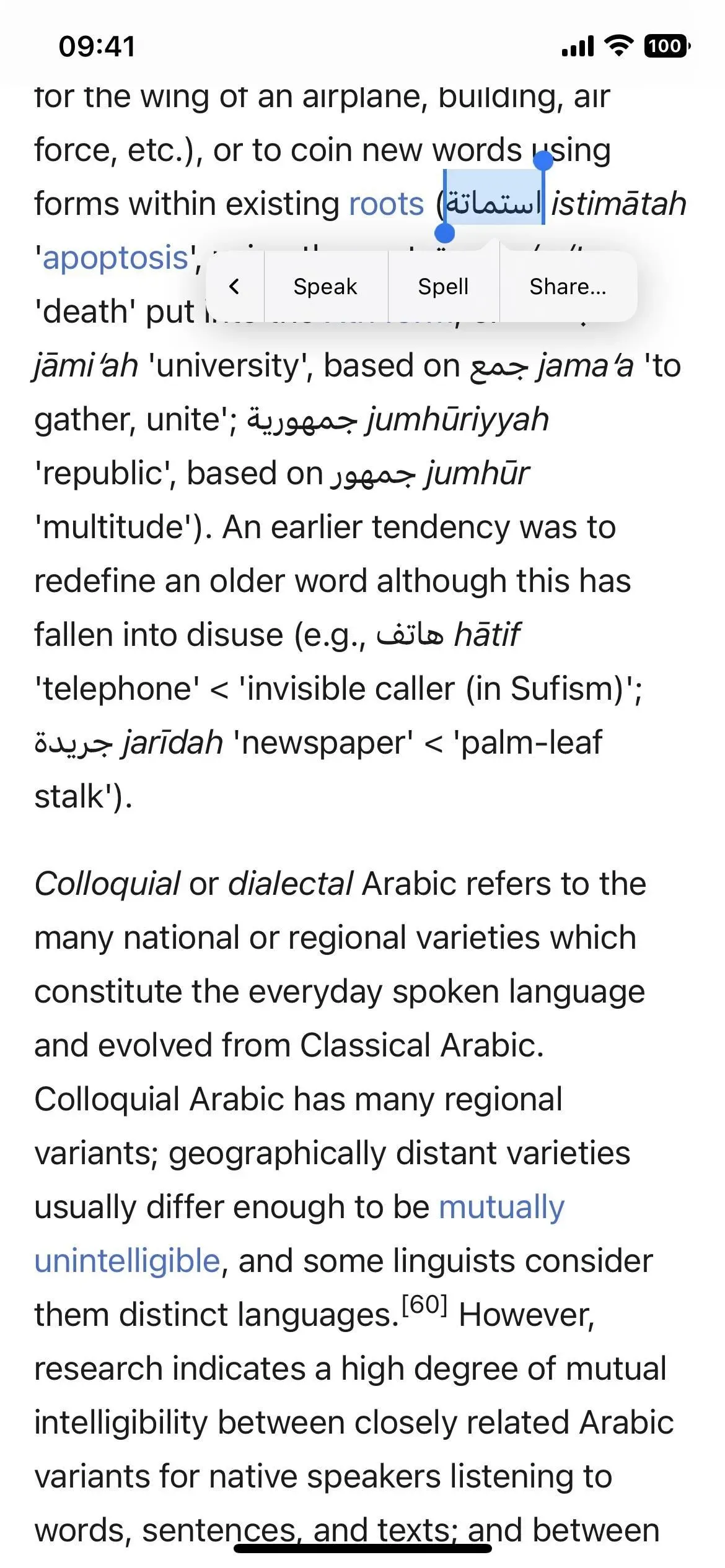
If you want to change the “Speech Rate”(how fast it speaks), make it “Highlight Content”(if you’re using that to listen to articles), change the “Voices”(if you don’t like the digital speaker) and more, you can do it’s in the “Conversational Content”settings in “Accessibility”.
